In a lecture at the Commonwealth Honors College Events Hall at the University of Massachusetts, Dr. David Reinhard discussed the difference between competition and rivalry, along with how rivalry is reflective of a party’s identity through conflict narratives created in history.
Reinhard is a postdoctoral research associate in the Psychology of Peace and Violence Program at UMass. In his talk, titled “The Rival Within: Rivals as Part of Self and Social Identity,” he shared his research regarding competitive histories in intergroup and interpersonal conflicts, along with cooperative histories in intragroup alliances in order to access its influences on the way people think and the way they achieve their goals.
According to Reinhard, competition involves a single instance of parties having negatively linked goals, whereas rivalry is a subjective competitive relationship based on a shared history of notable competitions or conflicts.
To Reinhard, there are cases in which one’s identity includes a particular rivalry with another group, wherein referring to one party will include its rival group by proxy.
Reinhard said, “When people think about another group as a rival compared to not like a target, this leads them to integrate that other rival group into their in-group identity.”
He explained this can prolong a cycle of violence as people may be hesitant to let go of conflicts that are integral to their self and social identity.
“Whether it’s another group or maybe a value that you have, when it becomes integrated into your identity, you’re less likely to want to let it go and to give it up. This can have implications for perpetuating the cycle of violence,” Reinhard said. “If this outgroup is still considered part of your identity, it’s integrated in your collective history. You may not want to let that conflict or relationship go.”
Reinhard’s proposal differs from more traditional explanations of conflict like material and psychological needs. Material needs include fights over resources or territory and psychological needs stem from threats of danger.
He then shared a few quotes from unnamed people associated with the football rivalry between University of Michigan and Ohio State University; including, “the way it was with our grandparents, that’s the way it was with my parents, that’s the way it is with us, that’s the way it’s gonna be with our children and grandchildren,” and “you feel you’re a part of something that stretches from before you existed and will be here long after you are gone.”
Since coming to UMass, Reinhard has been examining how rivalry concepts within athletics translates to larger scale international conflicts. His initial work with rivalries looked at antecedents that may have resulted in the development of certain relationships.
One antecedent is an increase in similarities, in that the more similar one is to a competitor, there is a more probable chance of a rivalry developing. In the case of University of Michigan and Ohio State University, according to Reinhard, both are Big Ten Universities in the Midwest. Similarly, in terms of international conflicts, during the Cold War, the United States and Russia were both world super powers.
The second antecedent is a competitive parity, in that the closer the competitions are, the more likely a rivalry will develop. Michigan and Ohio State have a history of competing in Big Ten championships with similar records and the U.S. and Russia both experienced economic and technological booms during the Cold War, often conflicting with each other.
The final antecedent that he looked at in his research was repeated competition. Michigan and Ohio State have competed against each other for over 100 years and the Cold War went on for decades.
Reinhard said, “Rivalry can’t occur in these one and done [contexts], there needs to be some history and established pattern of competition.”
Also noted was the way in which one perceives its rival and their relationship becomes incorporated into its history and identity. This then can act as implications for the perpetuation of violence as well as a strategy for conflict resolution.
Hemapreya Selvanathan, a social psychology graduate student, is also a part of the Psychology of Peace and Violence Program.
“I’m quite familiar with his work because we are in the same lab and I’ve seen him present the work on rivalry before,” Selvanatham said. “What was new is the idea of how rivalry can be part of one’s identity, and I think there’s more theorizing done on that aspect, so it’s really interesting to hear his thoughts on that and the future directions.”
Se Min Suh, also a social psychology graduate student, found the lecture interesting.
“I really liked the conceptualization of rivalry and competition, and the relationship between rivalry and social identity,” Suh said. “I think that was the most interesting part which I have never thought about.”
Bonnie Chen can be reached at [email protected] and followed on Twitter @BonnieChenn.

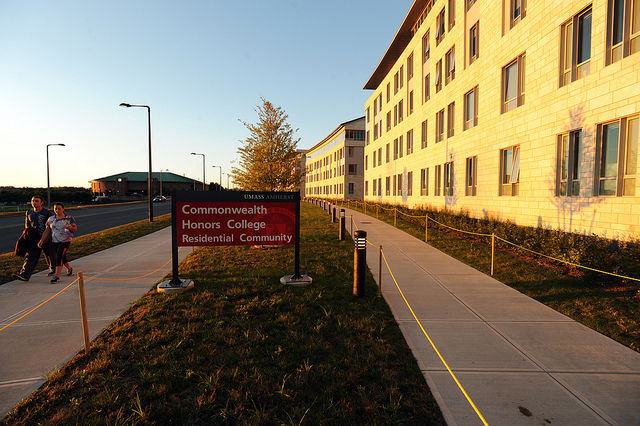








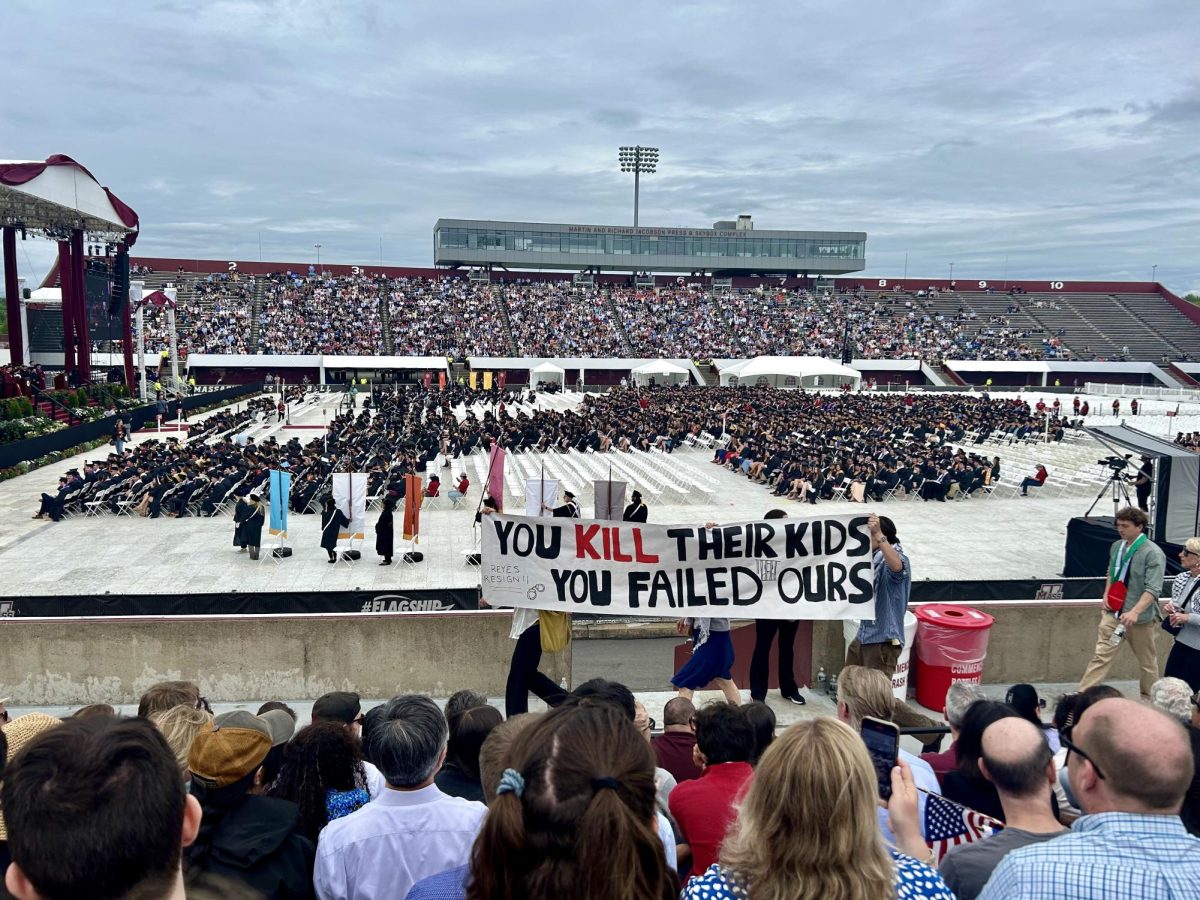
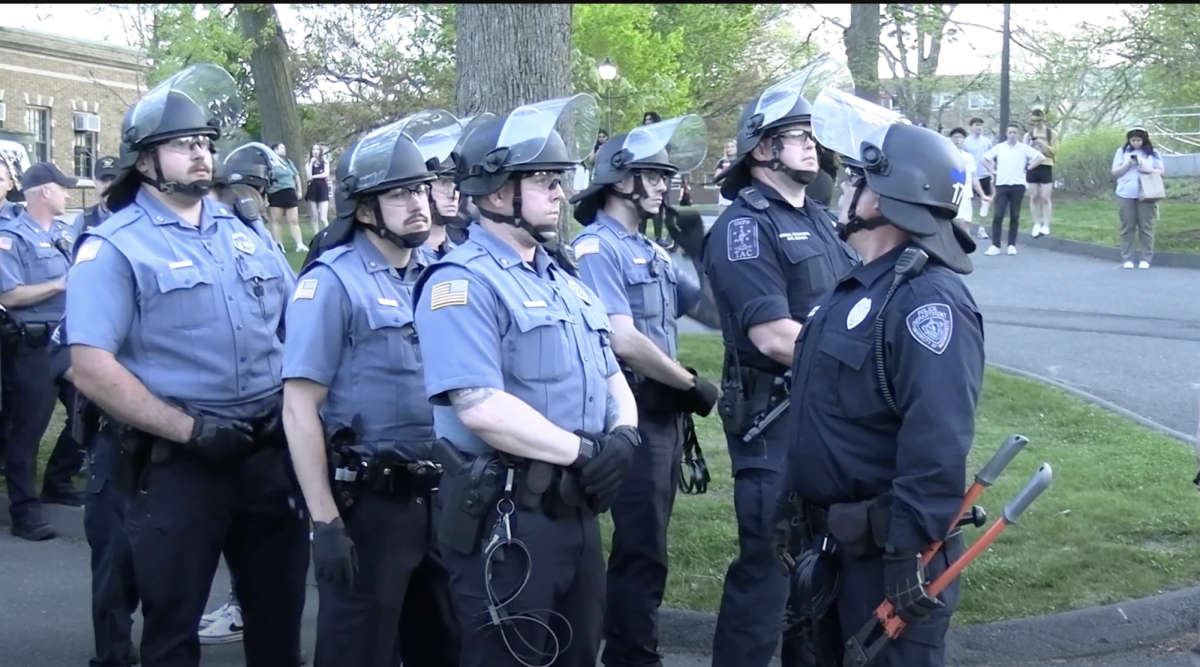
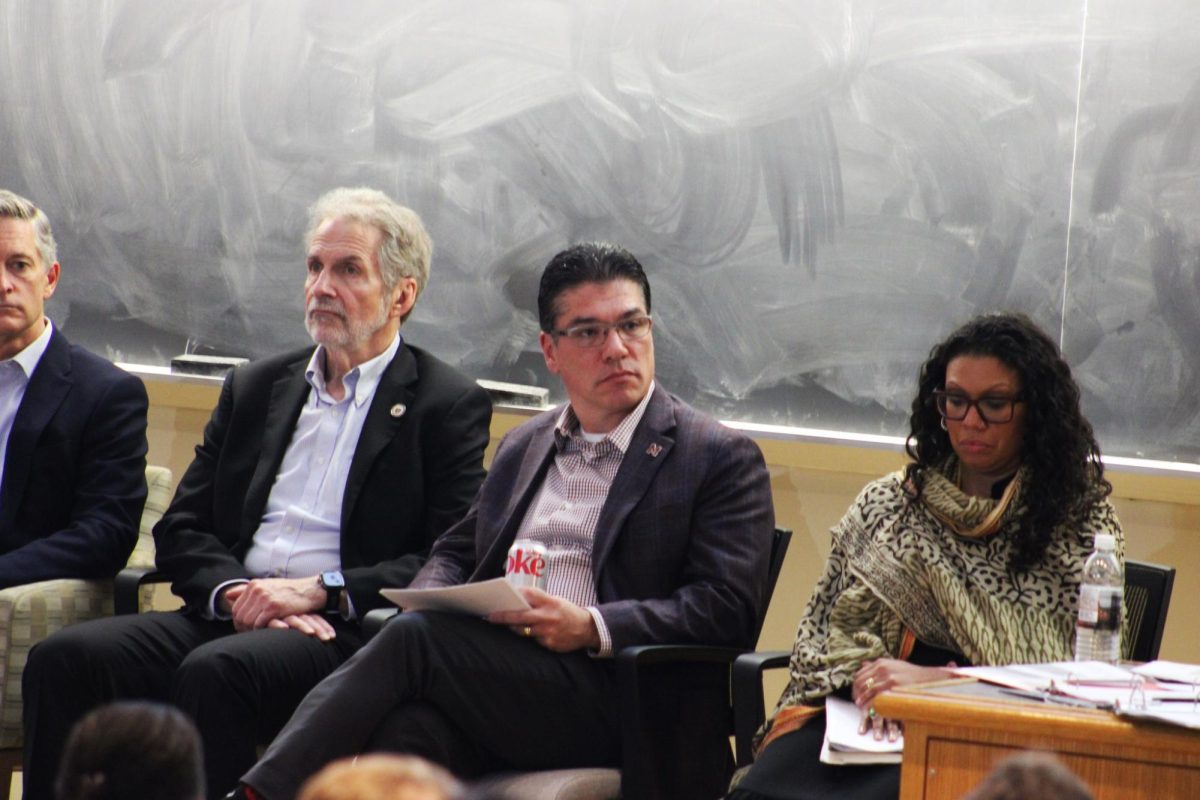

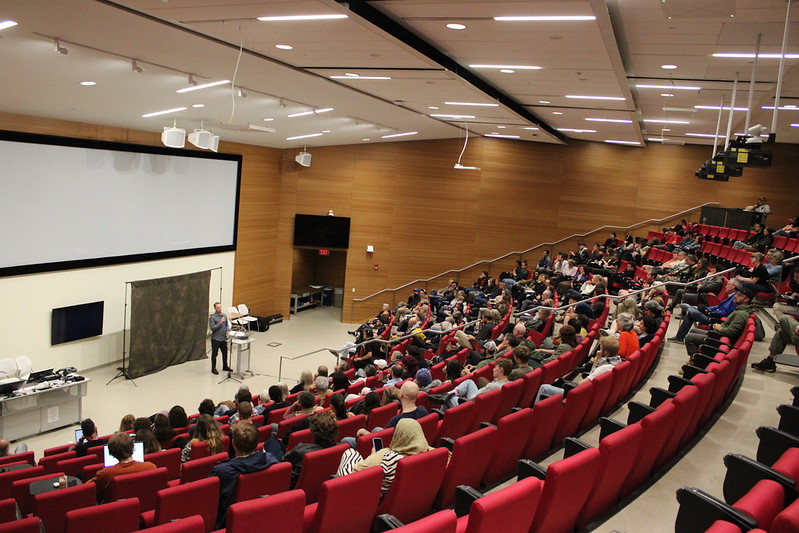
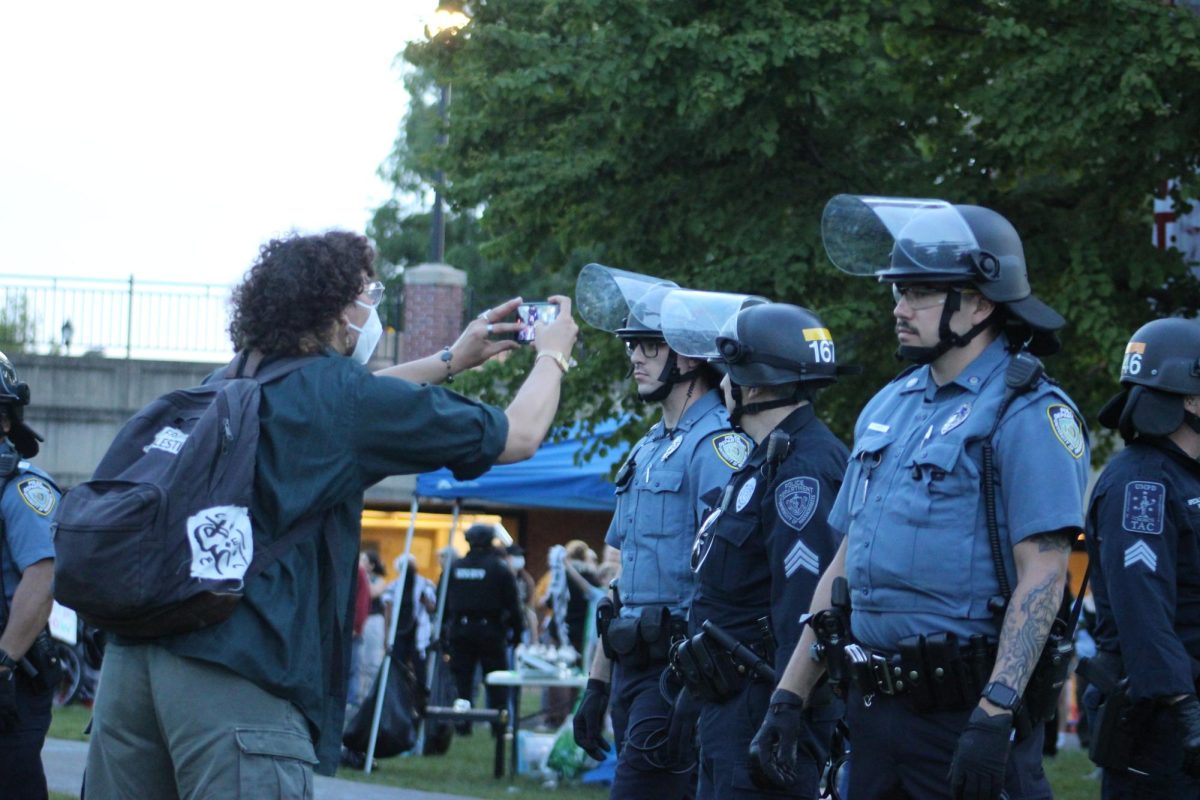
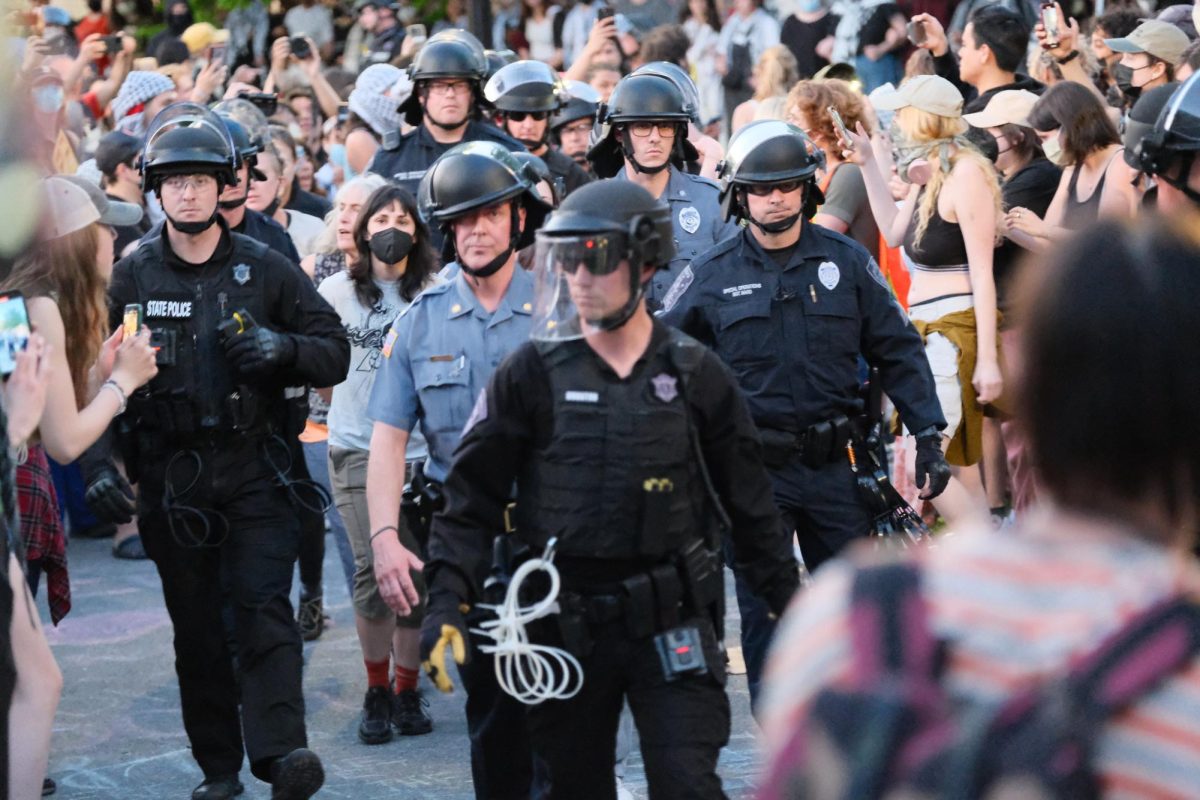
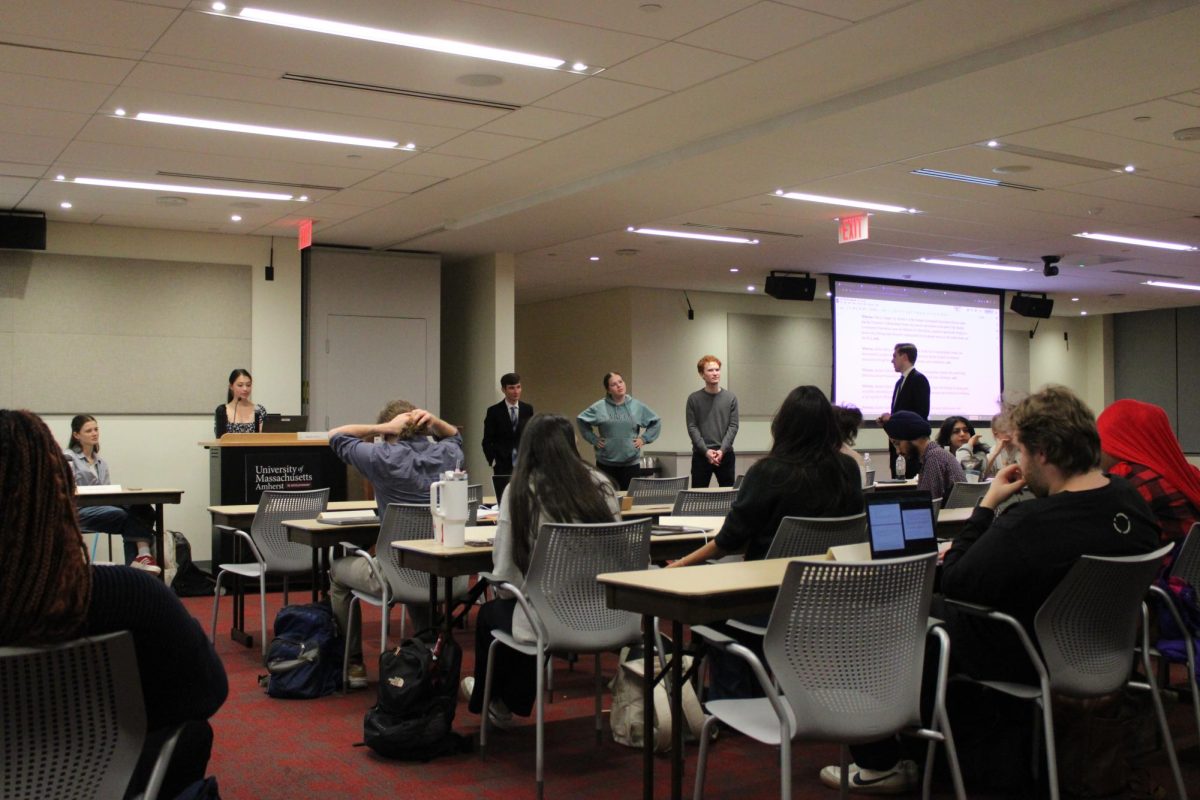

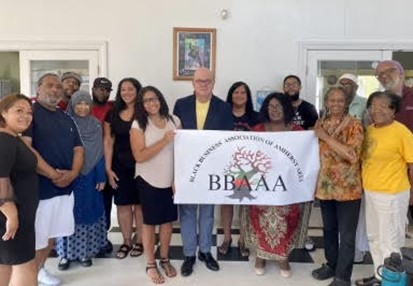
amy • Nov 28, 2018 at 2:30 am
” a party’s identity through conflict narratives created in history.” This is filtered through a marxist ideology and what are ‘narratives created’ ; it sounds a bit delusional. Is the professor suggesting that events in history are just made up? Like a story written?
Marxist is not only ideological it’s unhinged through reality. Rivalry is part of life , a reflection of human nature and conscious deliberate choice; yet this professor both made something simple to understand as if very complicated and abstruse and falsely presented it through an ideological prism.
It’s sad how these people make a living in basically what is a sophisticated form of welfare, public professors and grad students are living off the tax payer’s money and to do what exactly? And in what way does it contribute to the taxpayer, to the society and is productive?